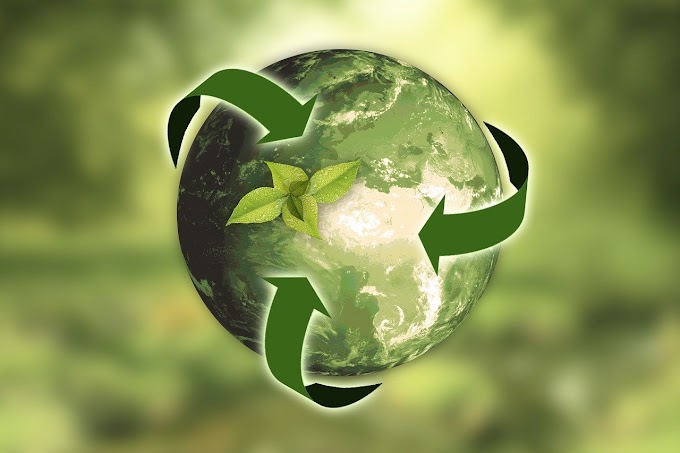The Complete Guide to Coconut Fiber: History, Properties, and Applications
Introduction
Coconut fiber, also known as coir, is a versatile natural
fiber extracted from the husk of coconuts. With its exceptional durability,
resistance to water, and eco-friendly nature, coconut fiber has a wide range of
applications, from textiles to agriculture. Let’s explore its history,
properties, and applications, making it a popular choice in various industries.
History & Origin
The use of coconut fiber dates back over 2,000 years,
originating in coastal regions of India and Southeast Asia. Early civilizations
discovered the strength and water-resistant properties of coconut fiber, making
it ideal for ropes, mats, and fishing nets. As trade expanded, the fiber's
applications spread to other cultures, eventually becoming a key resource in
global industries.
Extraction Process
The process of extracting coconut fiber involves several
steps:
- Harvesting: Coconuts are harvested, and the husk is separated from the nut.
- Retting: The husks are soaked in water for several weeks to soften the fibers.
- Beating: The softened husks are beaten or mechanically processed to extract the fibers.
- Drying & Cleaning: The fibers are cleaned, sorted, and dried before being spun into yarn or processed into mats.
Types of Coconut Fiber
There are two main types of coconut fiber:
- Brown Fiber: Extracted from mature coconuts, it is thicker and stronger, making it suitable for products like mats, brushes, and ropes.
- White Fiber: Extracted from young green coconuts, it’s finer and softer, commonly used in making yarn, ropes, and fishing nets.
Properties of Coconut Fiber
- Durability: High tensile strength, making it ideal for heavy-duty applications.
- Water Resistance: Naturally water-resistant, suitable for outdoor products and marine applications.
- Elasticity: Offers excellent flexibility and resilience, ideal for cushioning.
- Biodegradability: As a natural fiber, it decomposes over time, making it environmentally friendly.
- Heat & Sound Insulation: Provides insulation properties, useful for construction.
Applications of Coconut Fiber
1. Textiles & Upholstery
Coconut fiber is commonly used in making mats, rugs,
carpets, and door mats due to its durability and rough texture. It is also
blended with other natural fibers to create eco-friendly textiles.
2. Agriculture & Horticulture
Growing Medium: Coir is an excellent alternative to peat
moss, used in hydroponic systems and as a soil conditioner.
Erosion Control: Coir logs and mats are used to prevent
soil erosion in landscaping and construction projects.
3. Construction & Insulation
Coconut fiber is utilized as insulation material in
eco-friendly construction. It offers excellent thermal and acoustic insulation,
reducing energy consumption and enhancing sustainability.
4. Automotive Industry
In the automotive sector, coconut fiber is used for seat
cushioning and interior panels, providing a natural and biodegradable alternative
to synthetic materials.
5. Household Products
Coconut fiber is widely used in manufacturing brushes,
brooms, doormats, mattresses, and even biodegradable pots for gardening.
Environmental Benefits
- Sustainable & Renewable: Coconut fiber is a by-product of coconut harvesting, ensuring minimal waste.
- Biodegradable: It decomposes naturally, reducing environmental pollution.
- Water Efficiency: The use of coir in gardening and agriculture helps retain moisture, reducing the need for frequent watering.
Challenges and Limitations
- Processing Time: The extraction and retting process is time-consuming.
- Limited Color Range: Coir’s natural color restricts the range of shades available for textile applications.
Conclusion
Coconut fiber stands out as a sustainable, versatile, and
durable natural fiber with a rich history and numerous applications. Its
eco-friendly properties make it an excellent alternative to synthetic materials,
contributing to a greener future.
Frequently Asked Questions
What is coconut fiber used for? Coconut fiber is used in
textiles, agriculture, construction, automotive, and household products like
mats, brushes, and insulation.
Is coconut fiber eco-friendly? Yes, coconut fiber is
biodegradable, renewable, and sustainable, making it environmentally friendly.
How is coconut fiber extracted? The fiber is extracted
from the coconut husk through retting, soaking, and beating processes to
separate the fibers.






0 Comments